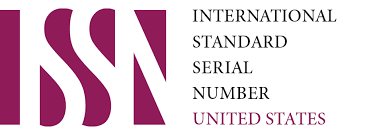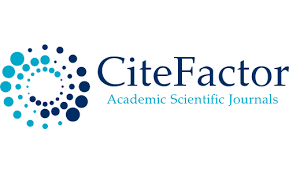Analysis Of Methods For Identifying And Describing Literary Motifs
DOI:
https://doi.org/10.62480/zjssh.2024.vol36.pp1-6Keywords:
Literary Motifs, Narrative Structure, Archetypes, SymbolismAbstract
This article examines various methods for identifying and classifying literary motifs, emphasizing the importance of motifs in interpreting literary texts. Motifs, as recurring elements, provide structural and symbolic foundations for narratives and reflect cultural, social, and psychological characteristics of their time. By exploring several approaches – including historical-cultural, structural, semiotic, psychoanalytic, and intertextual methods – the article presents a comprehensive system for identifying and analyzing motifs from different literary traditions. A classification system based on themes, symbolism, and archetypes is proposed, supported by detailed examples from classical and modern literature. This integrative framework aims to improve our understanding of literary motifs and their functions within a broader cultural context.
References
Propp, V. Morphology of the Folktale. University of Texas Press, 1968.
Bakhtin, M. The Dialogic Imagination: Four Essays. University of Texas Press, 1981.
Freud, S. The Interpretation of Dreams. Avon Books, 1998.
Jung, C.G. The Archetypes and the Collective Unconscious. Princeton University Press, 1981.
Barthes, R. Mythologies. Hill and Wang, 1972.
Kristeva, J. Desire in Language: A Semiotic Approach to Literature and Art. Columbia University
Press, 1980.
Homer. The Odyssey. Translated by Robert Fagles, Penguin Classics, 1996.
Dante Alighieri. The Divine Comedy. Translated by Allen Mandelbaum, Bantam Classics, 1982.
Tolkien, J.R.R. The Lord of the Rings. Allen & Unwin, 1954-1955.
Stevenson, R.L. Strange Case of Dr. Jekyll and Mr. Hyde. Longmans, Green & Co., 1886.
Dostoevsky, F.M. The Double. Translated by Richard Pevear and Larissa Volokhonsky, Vintage
Classics, 2006.
Palahniuk, C. Fight Club. W.W. Norton & Company, 1996.
Plato. The Myth of the Minotaur, The Labyrinth, and Theseus. Various classical sources, originally
composed c. 400 BCE.
Eco, U. The Name of the Rose. Harcourt Brace Jovanovich, 1983.
Borges, J.L. Labyrinths: Selected Stories & Other Writings. New Directions, 1962.
Joyce, J. Ulysses. Random House, 1922.
Tolstoy, L. War and Peace. Translated by Richard Pevear and Larissa Volokhonsky, Vintage Classics,
Euripides. Iphigenia in Aulis. Translated by Richmond Lattimore, University of Chicago Press, 1951.
The Bible. The New Testament (The Holy Bible).
Golding, W. Lord of the Flies. Faber and Faber, 1954.
The Bible. Genesis (The Holy Bible).
Goethe, J.W. Faust: Parts I & II. Translated by Walter Kaufmann, Anchor Books, 1962.
Bulgakov, M. The Master and Margarita. Grove Press, 1967.
Downloads
Published
Issue
Section
License

This work is licensed under a Creative Commons Attribution-NonCommercial 4.0 International License.
User Rights
Under the Creative Commons Attribution-NonCommercial 4.0 International (CC-BY-NC), the author (s) and users are free to share (copy, distribute and transmit the contribution).
Rights of Authors
Authors retain the following rights:
1. Copyright and other proprietary rights relating to the article, such as patent rights,
2. the right to use the substance of the article in future works, including lectures and books,
3. the right to reproduce the article for own purposes, provided the copies are not offered for sale,
4. the right to self-archive the article.













